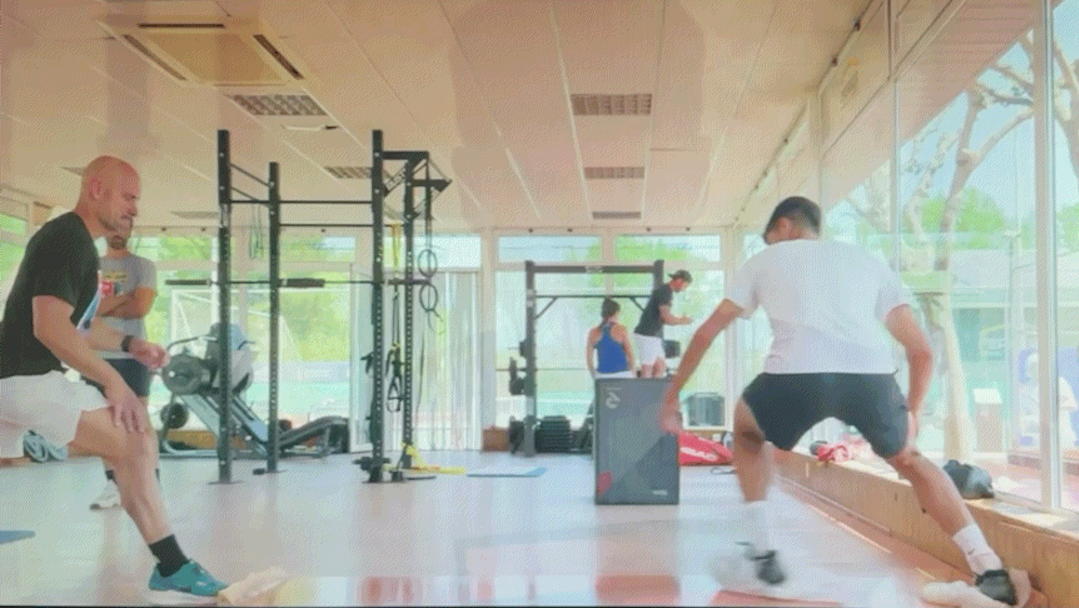I have to admit it. Until I googled when writing this post, I have always been impressed when I see someone performing deadlifts using a hex bar in the gym. It is easy to imagine that they know what they are doing. In the Netflix docuseries, “Break Point,” player Maria Sakkari is also seen performing deadlifts using a hex bar. At this point, everything the Greek tennis player does simply looks badass.
As it turns out, the hex bar is recommended for people who struggle to perform deadlifts with good form. It bar puts the body in a better position to execute good deadlift mechanics. It is easier on the joints and allows the lift to capture full-body power by avoiding balance issues.
A hex bar is the same weight as the standard weightlifting bar. However, it has a more compact hexagonal design. In addition to the deadlifts that Sakkari is seen performing in Break Point, it can be used for shrugs and vertical rows. The open frame allows the lifter to stand inside the barbell, which helps promote a more natural lifting motion. It reduces strain on the lower back because it moves the center of gravity of the weights in line with the lifter’s body.
To perform a hex bar deadlift, you stand inside the frame with the shins in alignment with the weights. Brace your core, and think about sitting down slightly to engage your hamstrings. Grip the handles and stand up, lifting with your legs. Squeeze your glutes at the top. Slowly lower the hex bar to the ground with control. That’s 1 rep.
Unless you are training to perform deadlifts in weightlifting or CrossFit competition, there is no downside for a tennis player to switch over to the hex bar for deadlifts. It allows for greater focus on the explosive power in the glutes and hamstrings. While it doesn’t explicitly work on balance, the neutral position is unlikely to cause injury, which is a definite benefit.
Another reason to use the hex bar is that it works on a functional move that is more frequently used in everyday life. Outside the gym, we tend to lift and carry items at our sides. Additionally, the neutral grip aligns with how most people carry their luggage. That means that neutral grip deadlifts are good for training for functional health as we age. A person who plans to travel independently in retirement has to be able to carry their suitcase.
I don’t have weight plates in my home gym and space constraints probably preclude me from adding a that and a hex bar in the near future. I will probably continue to mostly perform my deadlifts using dumbbells for now. However, the next time I see a hex bar in a public gym I will probably give it a try.
- Struggling With Your Deadlift? Let the Hex Bar Help, David Otey CSCS, Men’s Health, March 15, 2021.




Grip strength (or lack of it) can be a challenge with the hex bar as you’re supporting all the weight with your hands. Wrist straps come in handy.